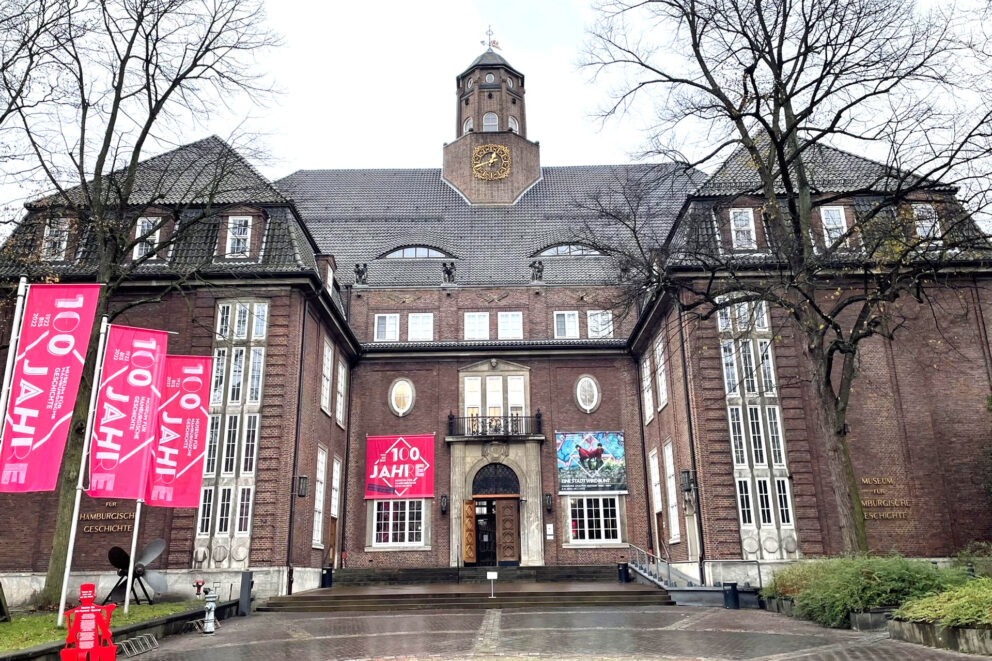About the Museum for Hamburg History
How hamburg became hamburg
If you want to know how the mission fort Hammaburg became the proud Hanseatic city and the proverbial gateway to the world, the Museum of Hamburg History is the place to be. The museum building, designed by Fritz Schumacher and opened in 1922, presents the multifaceted development history of the city of Hamburg from its beginnings around 800 to the present times, and is now one of the largest city history museums in Europe. The collection, which has grown steadily over more than a century, includes cultural and historical objects, graphics, paintings, ship and topographical models, furniture, textiles and coins. In addition, economic, technical, social and transport history, building and housing, theatre, fashion and cultural history as well as Jewish life in Hamburg are important collection areas of this museum, which is aimed at both Hamburg residents and visitors to the city alike.
EXPERIENCE THE MUSEUM
Not only the important exhibits from the last 1200 years can be admired – numerous special exhibitions, museum festivals, events and the model railway also invite you to a special museum visit. And with its covered inner courtyard, the museum is one of the most beautiful event locations in Hamburg.
Since 2008, the Museum of Hamburg History and its offsite facilities Kramer-Witwen-Wohnung and Millerntorwache have belonged to the Hamburg Historical Museums Foundation.
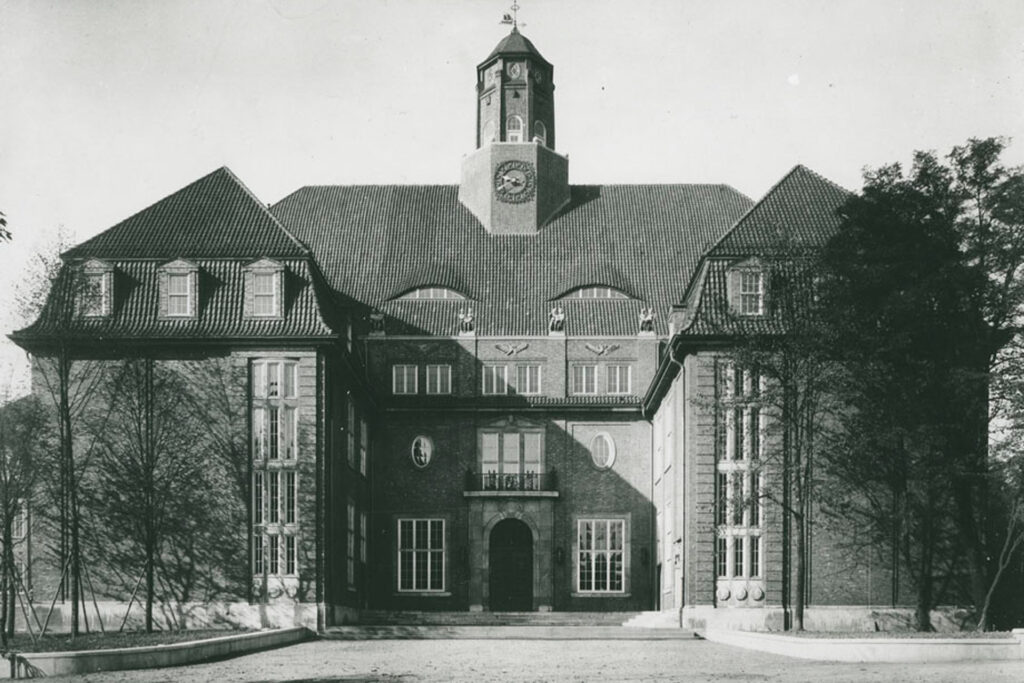
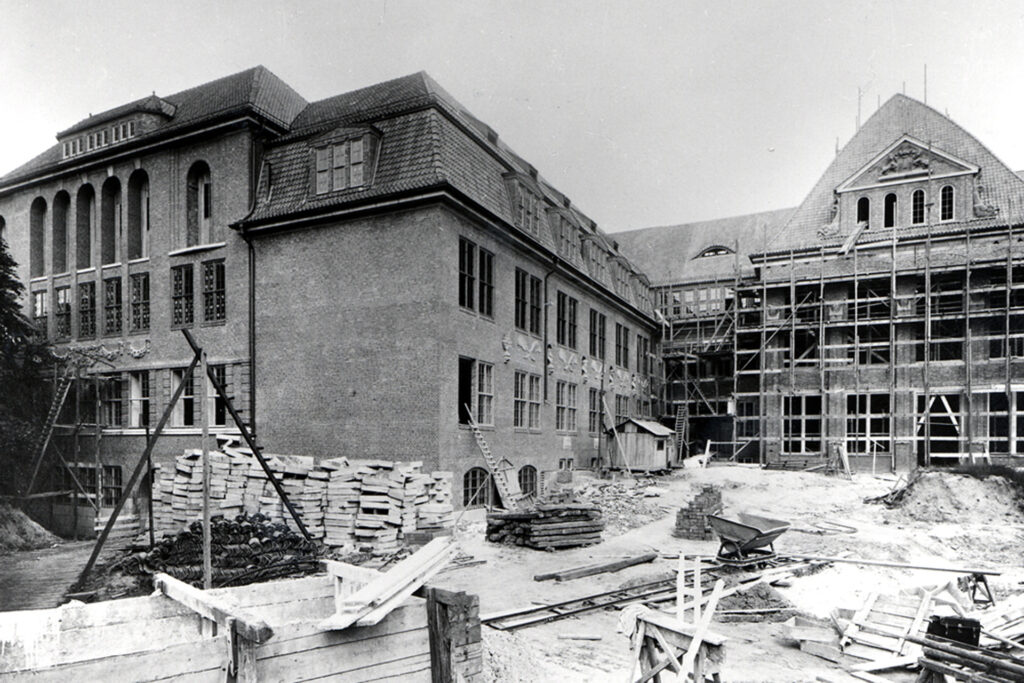
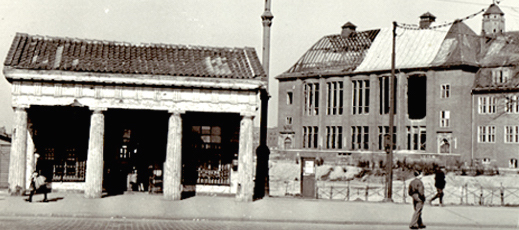
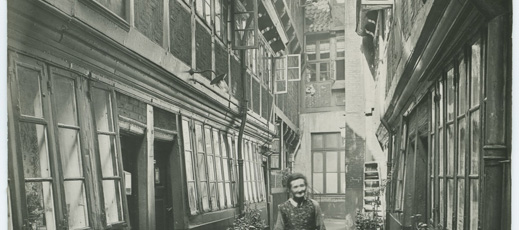
History of the museum
The Museum for Hamburg History was founded in 1908. In 1922, it moved to its present building, designed and built between 1914 and 1922 by the leading Hamburg architect and municipal planning director, Fritz Schumacher. The museum was erected on the site of the former Bastion Henricus, a section of the baroque fortifications which had been built between 1616 and 1625 by the Dutchman Jan van Valckenborgh to render the city impregnable.
When building the museum, the facades were decorated with preserved architectural fragments of Hamburg townhouses and with the statues of German emperors from Hamburg’s old town hall. Fragments of buildings destroyed in the Great Fire of 1842 or by development projects like the erection of Speicherstadt were also incorporated in the structures of the courtyard and exhibition halls. These fragments were the original holdings in the collection of the Hamburg History Association and formed the museum‘s founding stock.
The imposing brick edifice was designed by architect Fritz Schumacher and opened in 1922. Today the building boasts the largest city history exhibition in Germany. Numerous exhibits and installations as well as architectural relics from the Middle Ages and Modern Era offer a historical journey from the birth of Hamburg around 800 up until the present. Here you will find everything worth knowing about Hammaburg, 14th and 15th century pirates, and Hamburg’s evolution into one of the largest and most important harbour cities in Northern Europe.
In the 20th Century Hamburg exhibition, we also inform you about the most recent past. You will encounter artifacts from historical events in your lifetime. The presentation on Jewish life in Hamburg from the end of the 16th- to the 20th century is also particularly worth seeing.
The collection was supplemented and its presentation concept innovated continuously over the past century. Topics like urban development, the harbour, everyday life and culture are presented comprehensively and illustrated by elaborate models, large installations and a wide range of historical objects as well as pictorial and text documents.
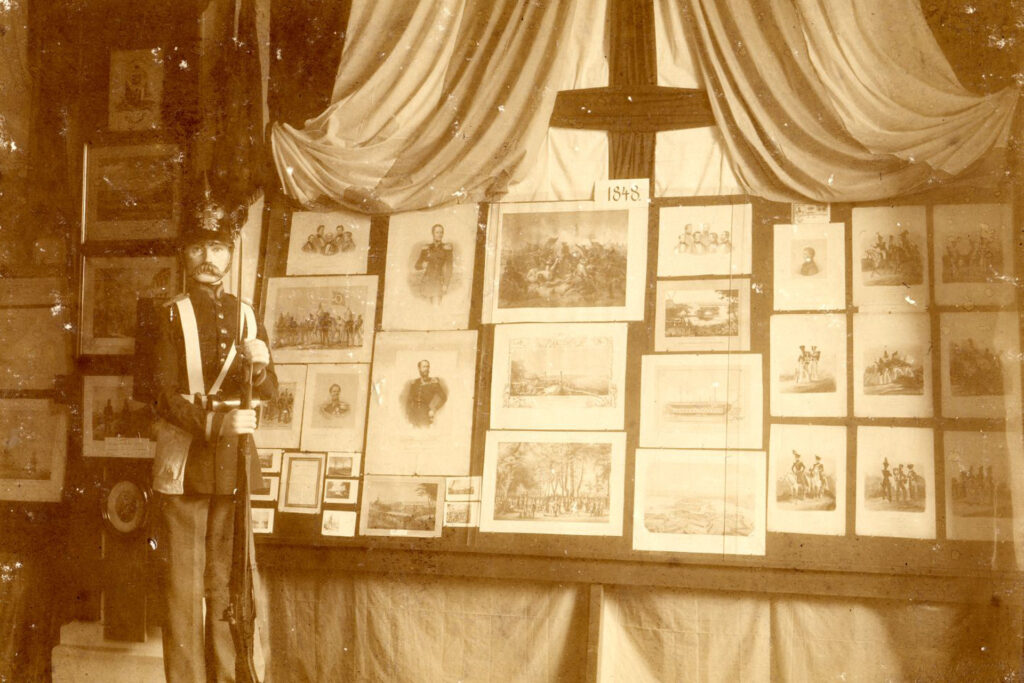
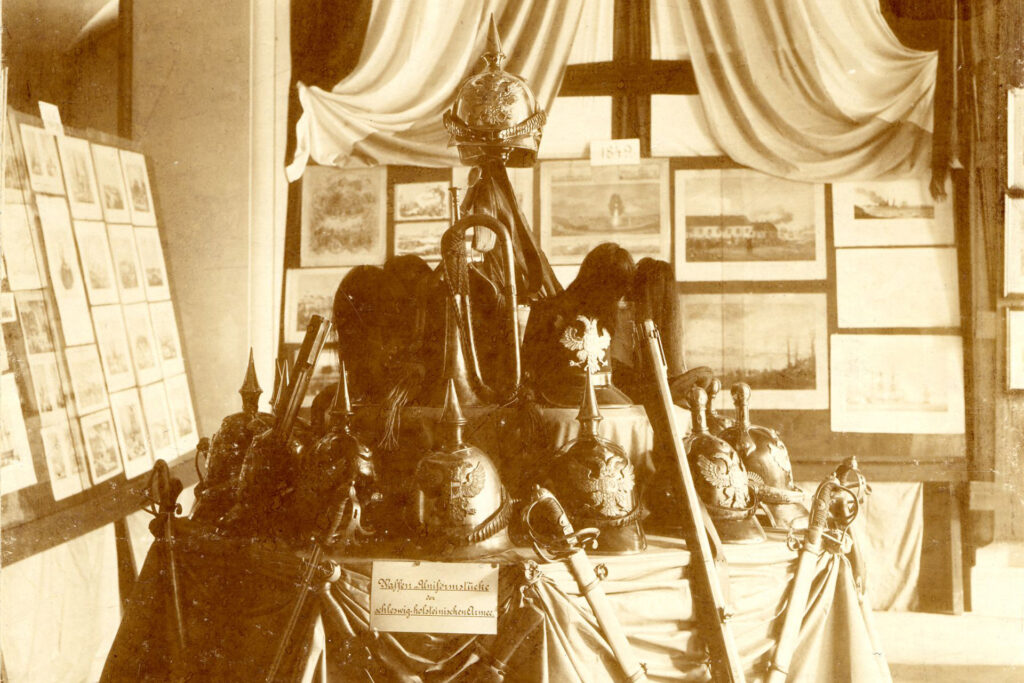
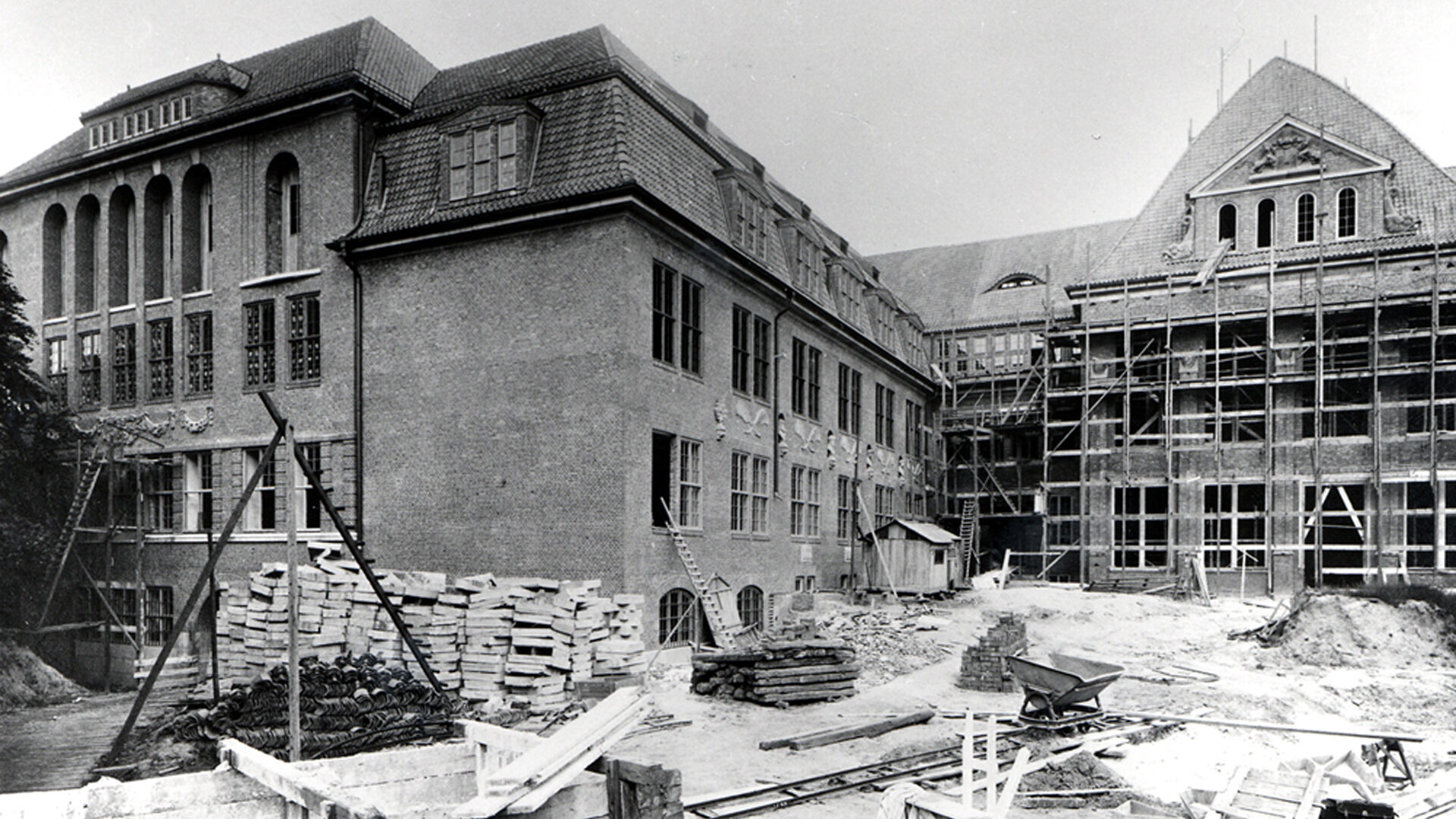
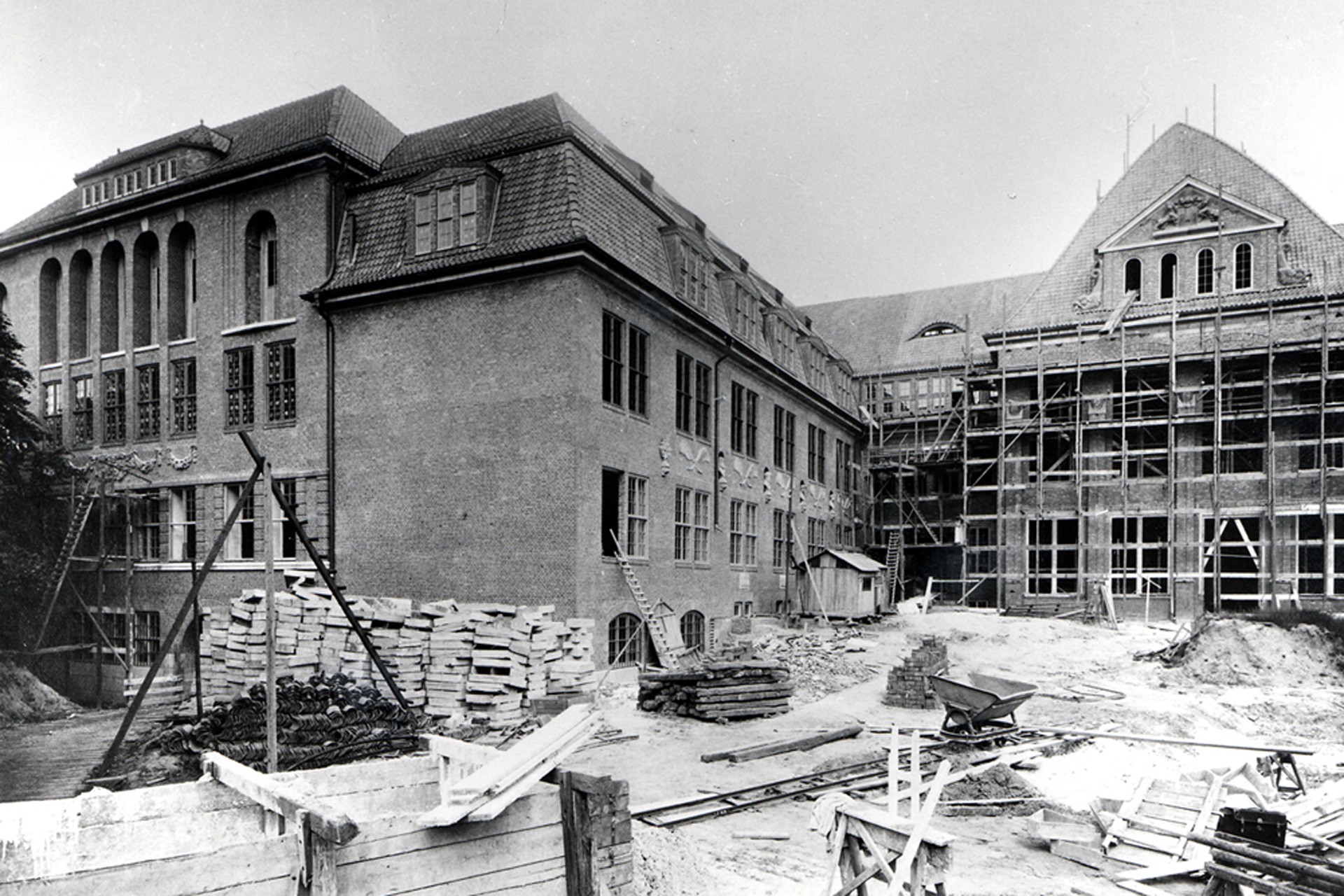
Walls telling history
When building the museum, the facades were decorated with preserved architectural fragments of Hamburg townhouses and with the statues of German emperors from Hamburg’s old town hall. Fragments of buildings destroyed in the Great Fire of 1842 or by development projects like the erection of Speicherstadt were also incorporated in the structures of the courtyard and exhibition halls. These fragments were the original holdings in the collection of the Hamburg History Association and formed the museum‘s founding stock.
The Hamburg History Association was founded in 1839 and built up the “Collection of Hamburg Antiquities” which, along with architectural fragments, also included arms, armour, flags, uniforms and guild artefacts. The aim of the association was to promote awareness of the city’s history among the people of Hamburg. The association’s collection was nationalised in 1849 and on show in the basement of the Academic Gymnasium provisionally until the museum was opened.
It was already decided in 1906 to build the Museum of Hamburg History, and its first director, Otto Lauffer, was appointed in 1908. He remained in office until 1946 and was followed by the directors Walter Hävernick (1946), Jörgen Bracker (1976), Gisela Jaacks (2001) und Lisa Kosok (2008).
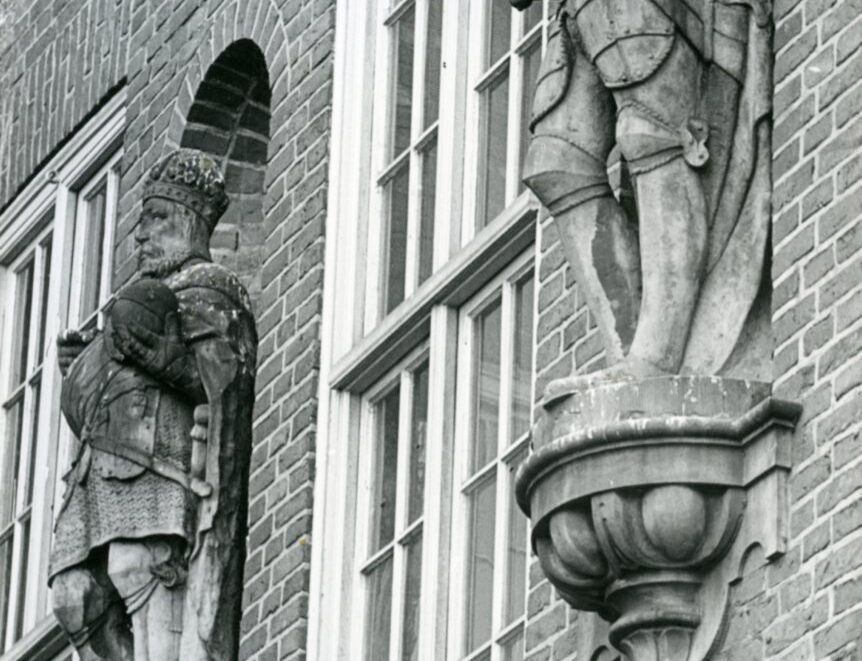
Modernization of the Museum
Since 2019, the museum is undergoing a comprehensive renovation: the aim is that the traditional building with its magnificent architecture and unique collection can continue to do justice to its role as an important, modern and forward-looking memorial to Hamburg’s history. It will be renovated from the ground up for around 36 million euros. A new conceptual design and organization of all exhibition areas should enable new perspectives on the history of the city. In addition, the museum would like to open itself even more towards the park.
